Projects
Here you will find a number of papers that represent the findings of several projects I have completed. Most papers describe a project I worked on during my graduate studies in Modeling & Simulation and some have have additional presentations. If you would like to receive the additional documentation please use the contact form and I will send it to you.
Department of Motor Vehicles Improvement Study
This paper is the result of a term project for ECE-505 where a Department of Motor Vehicles (DMV) Customer Service Center (CSC) located in Portsmouth, VA is modeled, simulated and analyzed using an academic version of Arena Descrete Event Simulation Software. The objective of the project is to reduce staff overtime by limiting the time when a specific service transaction type is permitted. This allows customers already in the system to have their transaction completed, but prevents an influx of customers that will require the staff to work overtime. An optimizer is used in conjunction with the developed model to predict the optimum time to halt servicing longer transactions, thus emptying the queued work in the system to coincide with the staff schedule.
Download DMV Simulation Study PDF
Ballistic Missile Defence Site Selection
This paper presents a phased approach in selecting a single location for a land-based Ballistic Missile Defense (BMD) site in Romania. The study examines criteria governing the location problem that are a combination of well-known physical constraints associated with radar and missile systems, as well as uncertainties regarding public perception on the effects of electromagnetic radiation on health and welfare. Multi-Attribute Utility Theory (MAUT) and Simple Multi-Attribute Rating Technique (SMART) are used to model relative value and utility functions. The final phase provides a sensitivity analysis on criteria used in the model. Manageable boundaries consisting of 41 county regions are used to visually show an assigned utility for each geographical area. Furthermore, a thematic contour map is developed of the region to indicate optimal stationing of BMD assets.
Download BMD Site Selection PDF
Download Excel Heat Map Model (enable macros to run)
Rigid Body Dynamics
The feasibility of using Java3D and rigid body dynamics (Odejava) in serious games and simulations is explored in this study. The combined power of Java3D’s rich visualization environment and a powerful physics engine can produce visually pleasing and entertaining results. Shown below is a simple Java3D program that was written to understand the structure and richness of the API. The Java3D API is described along with examples of manipulating objects in 3D space using Odejava. All programs are installed and run from a Java development environment. Software features, licensing and history of Java3d are described in some detail. The advantage of using a scene graph approach is discussed. The summary details the challenges and lesson learned during the course of this study.
Download Rigid Body Dynamics PDF
Make versus Buy Decision
Supplier selection for custom software development is difficult because the role that quantitative and qualitative factors play in making a purchasing decision. Qualitative factors are based on conflicting requirements governed by different viewpoints. Decision support models are used to assimilate and organize this information. By integrating three decision support models specifically designed to analyze each factor; work can be optimally allocated across suppliers. This paper describes using a multi-criteria decision process to determine each software supplier’s utility rating, cost modeling to provide cost of the labor estimate, and integer linear programming to optimize allocation of labor between highest rated suppliers. Modeling tools available on the internet were used and an Excel model was developed to produce the allocation results
Download Make versus Buy Decision PDF
Conceptual Communication
Verification and validation provide benefits both to system engineers and simulation engineers. Common verification and validation (V&V) challenges of both professions are explored and the differences examined. The need to gather requirements, perform systems design, and implement the design before validation can be attempted is a problem that creates risks to the overall project success. It is suggested that conceptual barriers exist that prevent unambiguous communication during early project phases. These barriers to understanding are discovered later in V&V activity. They add cost to a project at best or completely derail the project at worst. Ways to recognize conceptual barriers that lead to misunderstanding are examined and ways to limit the impact on an engineering project are explored.
Download Conceptual Communication PDF
Diffusion and Adoption of Open Source Learning Management Systems
This paper examines the U.S. higher education market that is expressing significant interest in migrating to open source Learning Management Systems (LMS). Reports and surveys of institutions using LMS systems are examined along with analysis of current the market. The diffusion of both open source and proprietary Learning Management Systems used in educational institutions is explored in this paper in the context of Roger’s innovation diffusion model. This study seeks to understand if the present momentum to replace proprietary Learning Management Systems with open source solutions will continue with additional adopters. Most educational institutions implement Blackboard LMS. There is evidence that open source replacements Moodle and Sakai are becoming more prevalent. Open source infrastructure software (Linux, Shibboleth®) is used pervasively throughout educational establishments while proprietary software for LMS systems currently dominates market share. This study proposes that success with early open source infrastructure products have acted as a catalyst to accelerate adoption and re-invention of open source LMS products. As new technologies arrive at increasing speed, LMS must adapt to support these technologies or risk being replaced. The results indicate that the LMS market is volatile and in a state of transition. The diffusion of open source replacement LMS is sweeping through higher education institutions challenged by increasing budget constraints and the need to interface with mobile devices and embrace new technology.

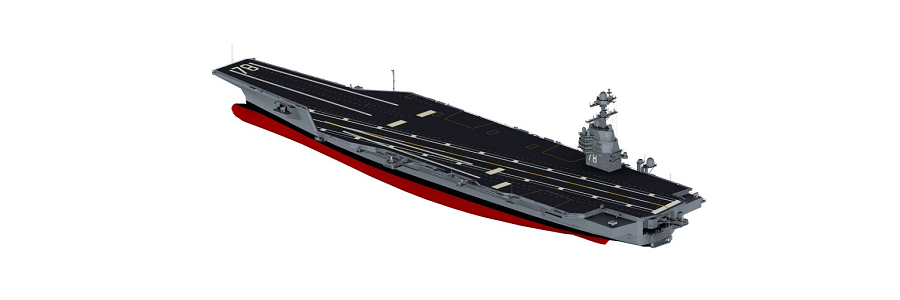
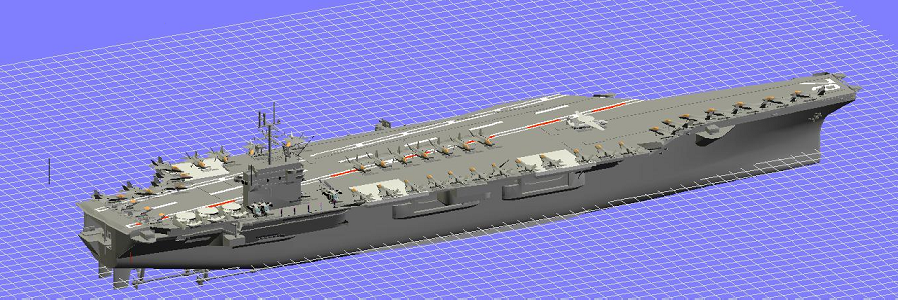
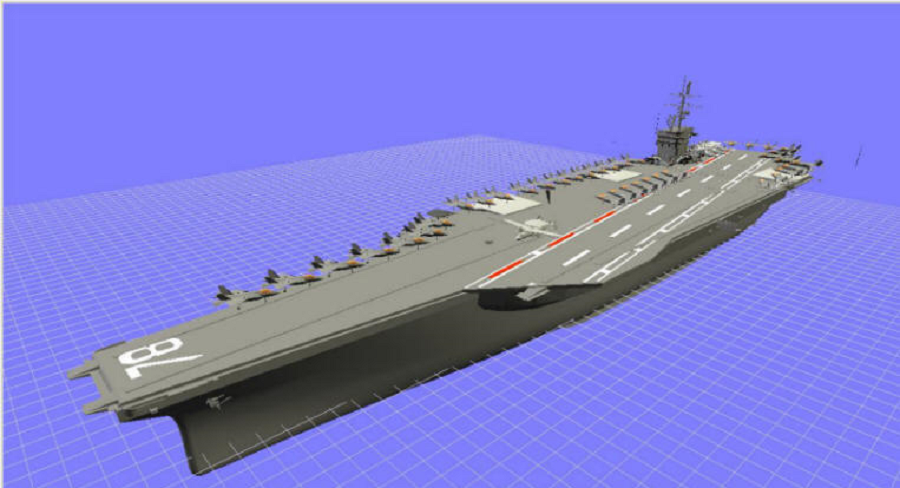
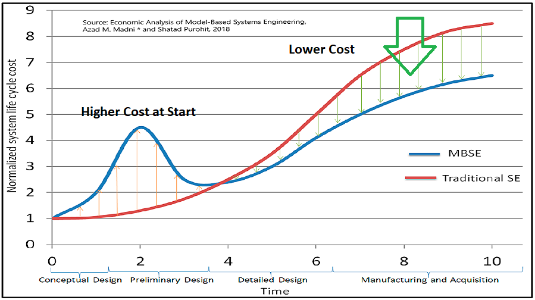
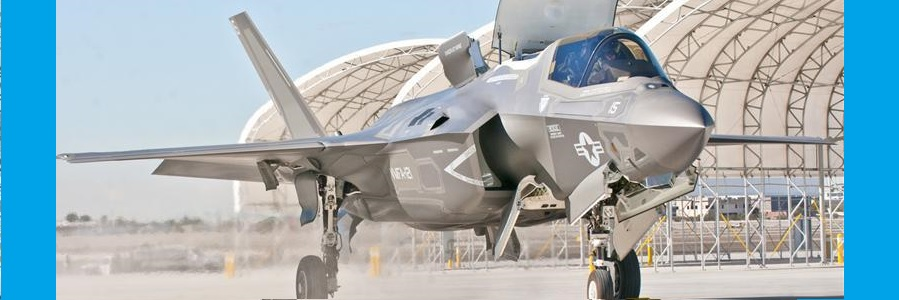
Connect With Me
Contact in USA - (609) 334-3711